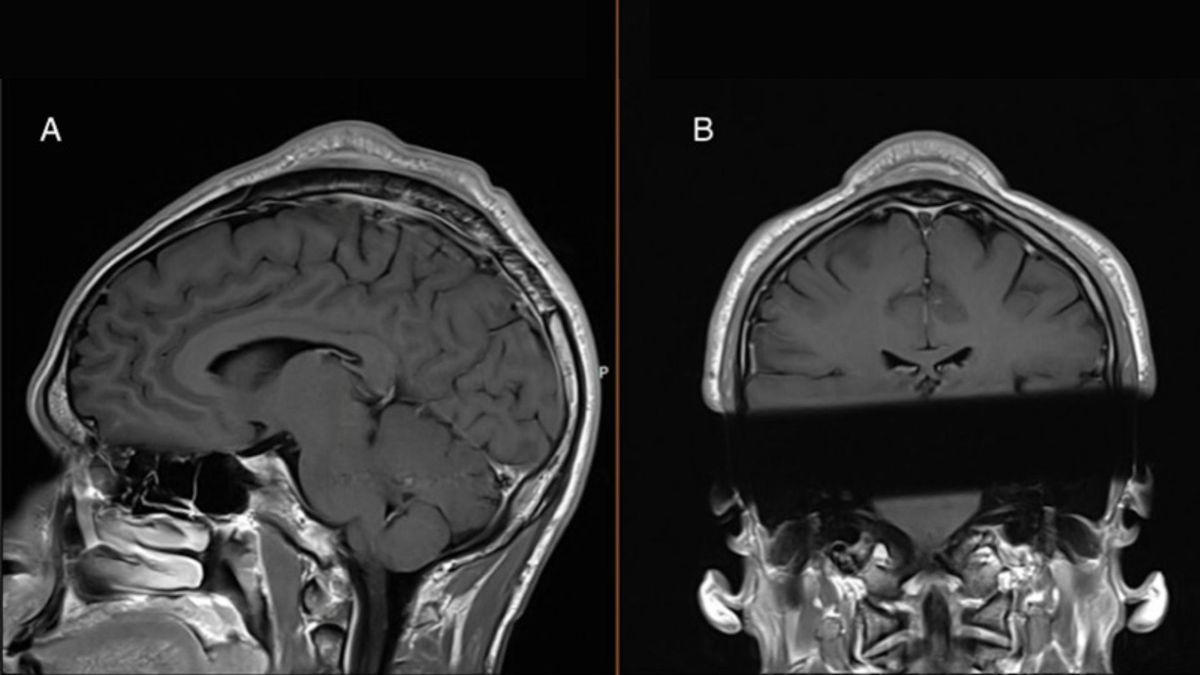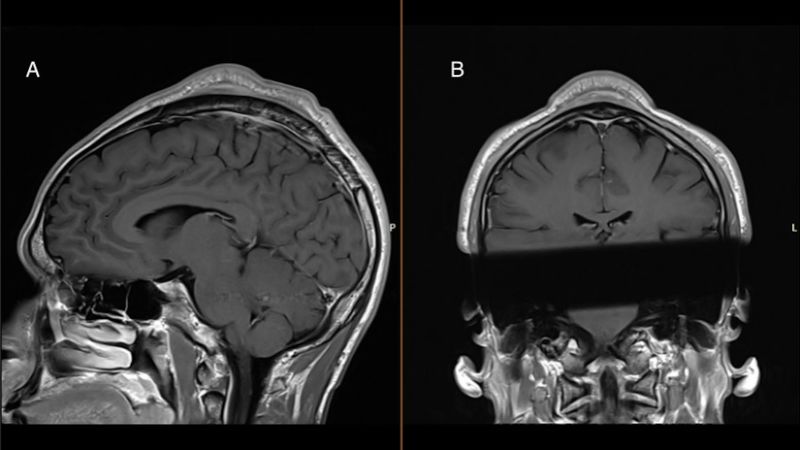Breakdancers often face injuries ranging from minor hair loss to severe muscle sprains and damage to various parts of their bodies. A new medical report highlights an unusual risk associated with the popular dance move known as headspins, the development of a large, cone-shaped protrusion on the head often referred to as a breakdance bulge or headspin hole.

Also Read: COVID-19 Increases Risk of Heart Attack and Stroke for Up to 3 Years
The breakdance bulge is a rare condition that occurs when a breakdancer develops a tender lump on the top of their head often accompanied by hair loss.
This bump may grow in size over time, results from repetitive pressure and trauma caused by practicing headspins.
A lump forms due to tissue buildup between the scalp and skull. Hair around the bump may fall out, creating a bald spot also known as a headspin hole.
The lump becomes sensitive to the touch, causing discomfort. Although not commonly documented in medical literature, it is a known issue within the breakdancing community.
One case report published in the BMJ Case Reports journal detailed the experience of a Danish breakdancer in his early 30s who developed a headspin hole after practicing headspins for nearly two decades.
This dancer trained five times a week for 1.5 hours per session with approximately two to seven minutes spent spinning on his head during each session.
The dancer had been breakdancing for 19 years. Over five years, he noticed a growing lump on his head. The bump caused hair to fall out in a circular pattern. Although the lump caused discomfort and aesthetic concerns, it did not stop him from dancing.
After consulting with doctors, the breakdancer underwent MRI scans to examine the lump. These scans revealed that the mass was sandwiched between the skin and the skull, with both the skin and skull having thickened due to repeated trauma.
The surgeons removed the lump, which was a fibrous mass. The thickened area of the skull was shaved down to restore its normal width.
After surgery, the dancer reported improvement. His head appeared more normal and people no longer noticed the bump. He even mentioned receiving compliments on his scar.
The headspin hole is caused by the repetitive pressure exerted on the top of the head during headspins. Breakdancers performing this move frequently may experience breakdance bulge especially if they practice headspins multiple times a week.
The constant pressure and friction on the scalp from headspins lead to tissue damage, hair loss and bump formation. The skin and skull can thicken due to repeated stress, resulting in the formation of a fibrous mass.
The inclusion of breakdancing as an official sport at the 2024 Paris Olympics showed its rising popularity. Headspins require dancers to spin on their heads, balancing their body weight while rotating.
Breakdancing involves a range of highly demanding physical techniques that place pressure on the body. Dancers often train for hours, perfecting moves like windmills, freezes and headspins.
Also Read: Breast Cancer is Rising Among Younger Women, Study Finds
The BMJ case report tells the story of an unnamed breakdancer from Denmark who developed a noticeable lump on his head, which grew as a result of excessive headspins.
This lump described as a breakdance bulge, had become so prominent that the dancer opted for surgery to remove it. The dancer had been practicing breakdancing for 19 years with a training schedule that involved five sessions per week.
Each session lasted around one-and-a-half hours and during that time, he spent between two and seven minutes spinning on his head.
Over the last five years before seeking medical help, the dancer noticed that the lump on his head had increased in size and had become tender.
The protrusion located at the top of his head was not only painful but also aesthetically displeasing.
Doctors at Copenhagen University Hospital initially considered various diagnoses including the possibility of cancer or a benign tumor.
An MRI scan revealed that the lump was a subgaleal mass measuring 34cm x 0.6cm x 2.9cm near the midline vertex of the dancer’s head.
The condition often referred to as the cone-head sign in radiologic descriptions is caused by repetitive friction and pressure from headspins.
This overuse injury results in a buildup of tissue beneath the scalp. The dancer was given two treatment options, steroid injections to shrink the lump or surgery to remove it.
He chose surgery, which successfully eliminated the protrusion and restored his head to a more normal shape.
The operation was a success and the dancer expressed satisfaction with the outcome, stating, “The outcome is much better than it looked before, and I am glad I had it done.”
The development of the breakdance bulge is due to the repeated friction between the dancer’s scalp and the floor during headspins. The body’s pressure on the vertex of the head over time leads to the accumulation of tissue in the affected area.
The condition typically begins with hair loss at the site of pressure, followed by the gradual development of a lump. As the dancer continues to practice headspins, the lump may grow larger and more uncomfortable.
Despite the growth of the lump and the discomfort it caused, the dancer continued his headspinning activities without interruption. He was able to perform the move for up to seven minutes during his training sessions.
One of the authors of the BMJ case report, Dr. Christian Baastrup Sondergaard addressed that the report does not advocate against headspinning altogether.
Instead, he suggests that breakdancers who notice early signs of a breakdance bulge such as hair loss or a small lump, should reduce or avoid headspins to prevent the lump from growing further.
The successful surgical treatment of the Danish breakdancer highlights surgery as a viable option for those experiencing symptoms of the breakdance bulge.
Although rare, this condition can be effectively treated with surgery to relieve discomfort and improve the dancer’s appearance.
Dr. Sondergaard said that only one other case of a breakdance bulge has been reported. He encouraged further research into breakdancing-related injuries to better understand the risks associated with this art form.
Also Read: Travel Could Help Prevent Premature Aging, Study Finds























